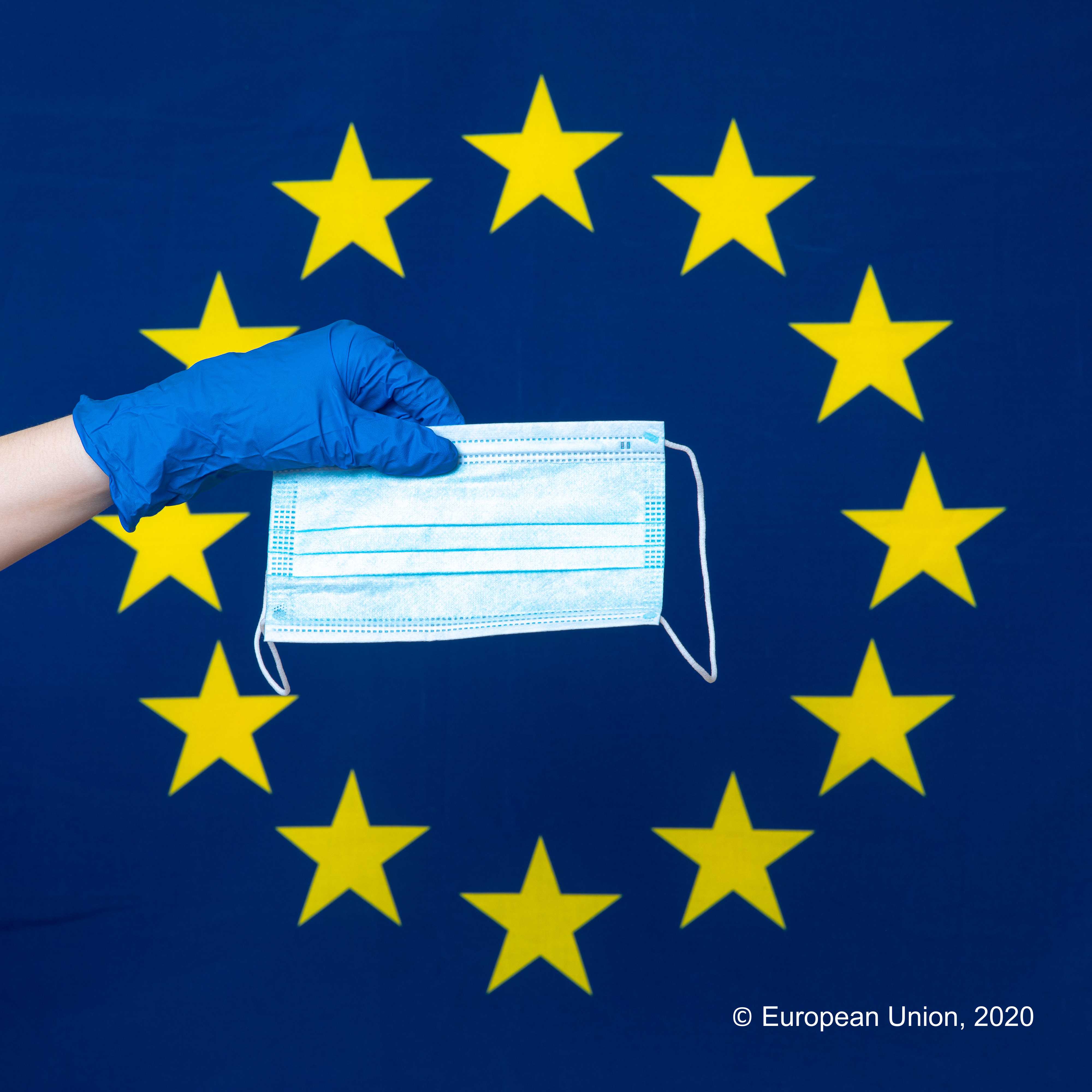Ireland shows that targeted measures help
"An incidence rate of around 100 per 100,000 citizens per week can be achieved in a short time if the right measures are taken”, says the health spokesperson of the largest group in the European Parliament, Dr med Peter Liese (EPP, Christian democrats) with regards to the developments in Ireland. "Between the mid- and end-October, Ireland had higher infection rates per 100,000 inhabitants than Germany and many other European countries, but has now arrived at an incidence rate of 100.7. This shows that targeted measures can help and improve the situation. Ireland has introduced a level-model.
The highest level has led to a decrease in infections and these measures in place are stricter than those currently applied in many other European countries. Measures include, for example, to limit the capacity of public transport to 25%. People may only meet one household, however, there are exceptions for those who live alone, need help, or when facing isolation. There is a general obligation to stay in home office whenever possible and the following rules apply to schools: schools remain open, but rather strict restrictions apply especially for students in secondary schools: The distance between students' desks is 2m, between students sitting at the same desk is at least 1m. Distancing rules also apply in elementary school, but are less strict.
Students are divided into small groups and are encouraged to have as little contact as possible with children from other small groups. In addition, there is a nationwide obligation to wear a mouth/nose mask for students aged 13 and over”, says Liese.
According to Liese, this system has the advantage of firstly being effective and secondly being transparent for everyone involved. It is clear what measures will be relaxed once the incidence level drops, thus targeted lifting of the restrictions for which those involved can also prepare themselves for. "I believe that Ireland will be better off than for example Germany. The restrictions are even tougher compared to e.g. Germany, however there will be significantly fewer patients per 100,000 inhabitants and fewer deaths in the future. The healthcare system is not struggling as much, and above all there is the prospect of lifting the measures more quickly," concluded Liese.


